I'm A PGA Pro And I Know 6 Ways You Can Get Better At Golf Without Changing Your Swing
Golf Monthly Top 50 Coach Alex Elliott identifies six ways you can get better at golf without having to make swing changes...

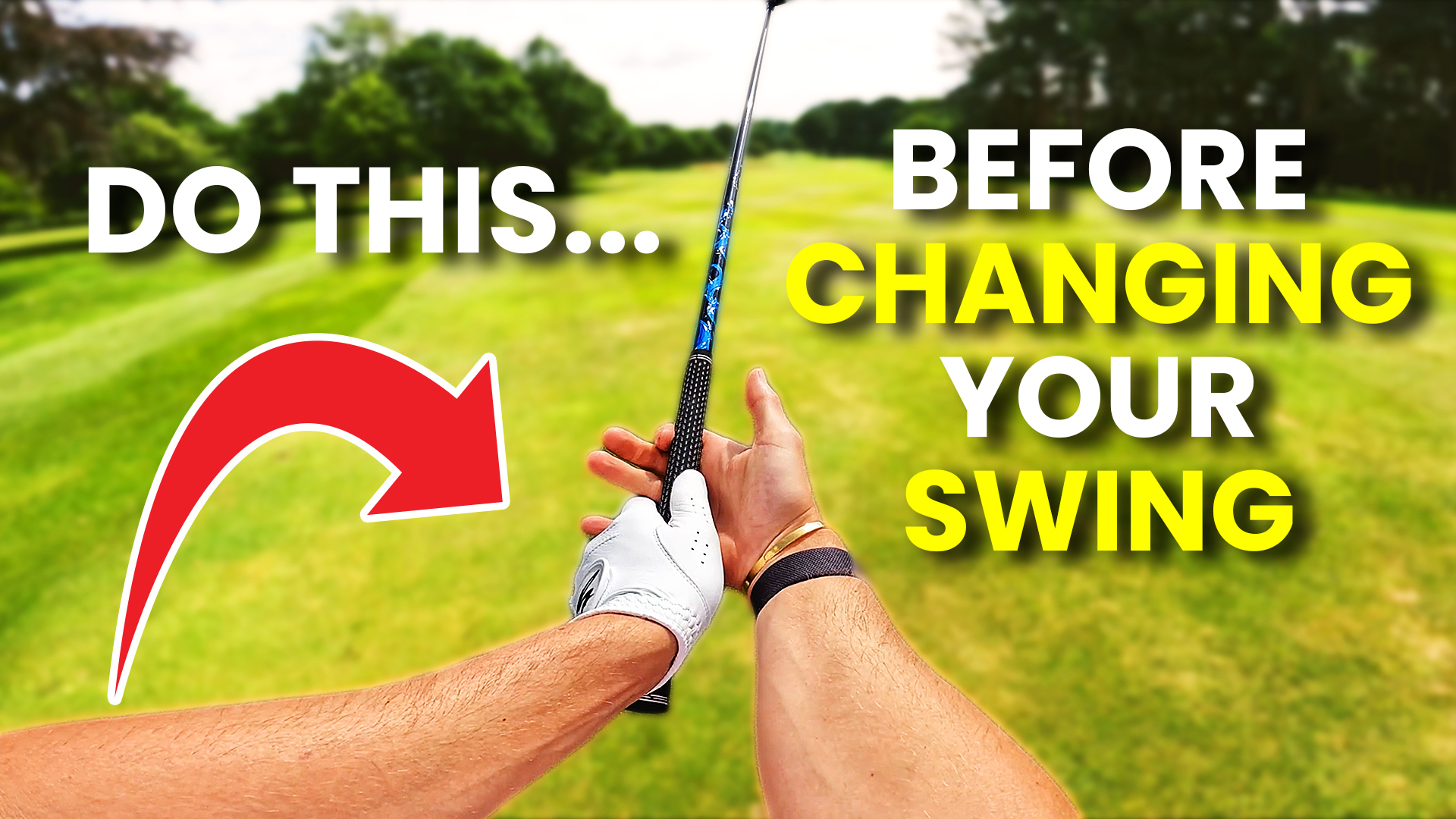
When amateurs are struggling with their golf game, and the red-mist descends, it may seem logical to opt for a golf swing overhaul and roll in a raft of changes.
That might be a little hasty, however, as with the right golf tips it's possible to make some improvements without the need for huge alterations.
In this video and article, Golf Monthly Top 50 Coach and PGA Pro Alex Elliott shares six things you can do to get better at golf without changing your swing...
1. Focus On Strike
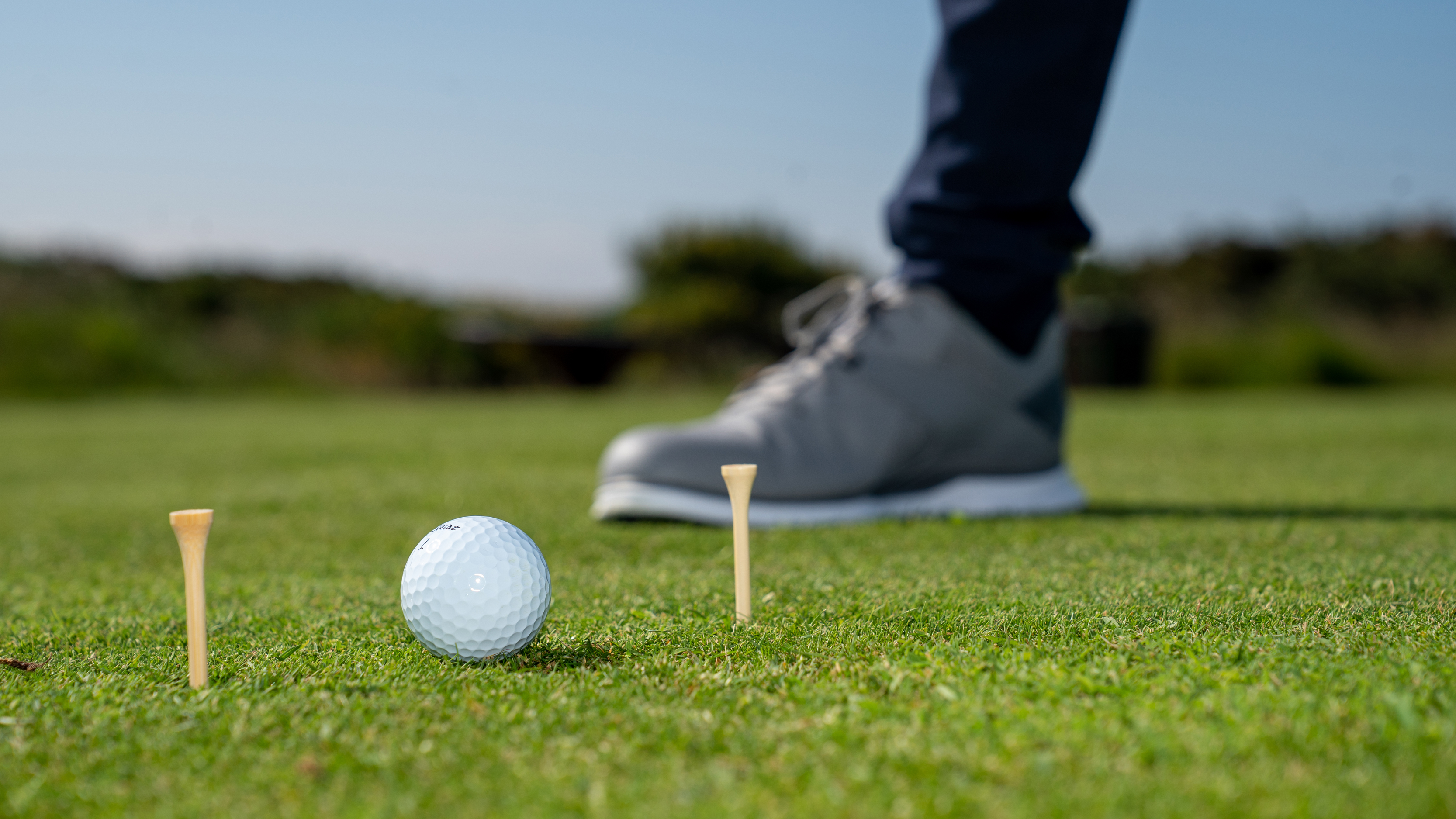
It can be easy to become disheartened when you hit a poor shot at the range, but let me tell you why you shouldn't be in a rush to make changes to your swing. When striking the ball, especially with the driver, you might miss the sweet spot by the smallest of fractions, causing the ball to have an undesirable shape in its flight.
That doesn't necessarily mean you made a bad swing, but the result clearly wasn't what you wanted. The first thing to do in this situation is determine whether it was the strike or the technique, and this drill can help you to do that.
Using either an iron or your driver, setup a gate with two tees on the outside and one in the middle for the ball to sit on. When you make your swing, you are aiming to hit the ball in the middle of the gate without touching either side. If you can do this, you should notice that you are striking the ball nicely. Conversely, if you are hitting the tee on either side, this might indicate a problem in your swing that might need some further attention.
2. The grip
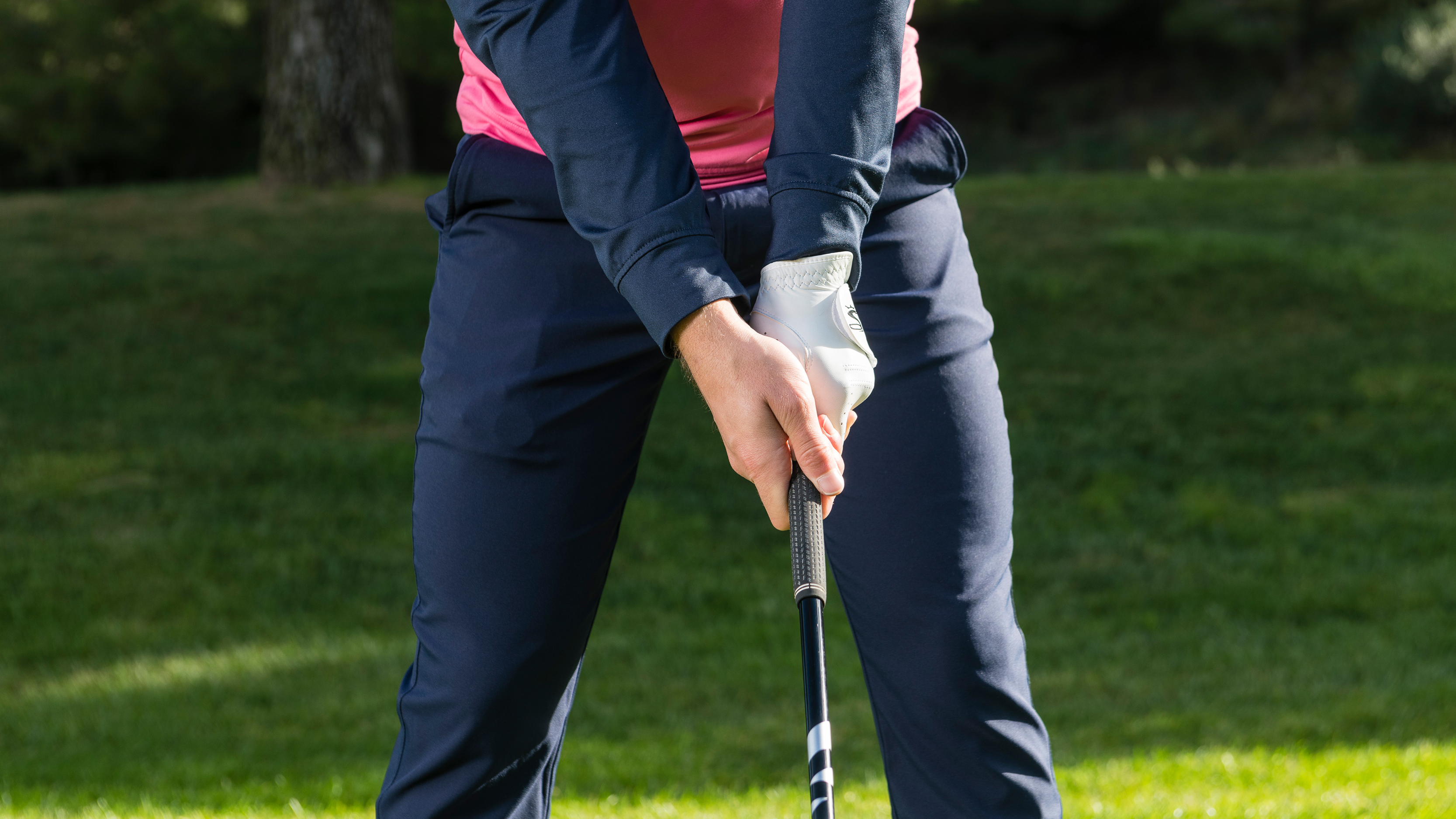
A fundamental part of your pre-shot routine should be to check your golf grip is correct. So many common swing faults occur as a result of poor grip, including hooking or slicing your golf shots, so making sure you get this right could solve your problems.
Subscribe to the Golf Monthly newsletter to stay up to date with all the latest tour news, equipment news, reviews, head-to-heads and buyer’s guides from our team of experienced experts.
A key area to focus on with grip is where you make contact with the club. You should be holding it in the fingers, rather than the palm of your hand as this can make it very difficult to square the face at impact and generate the required momentum.
A good checkpoint is to hold the club with your glove hand, remove your fingers but leave your index finger curled around the grip. If you can hold the club with just that one finger, your grip is fine. If the club falls, you may have been holding it too much in the palm.
3. Improve your short game
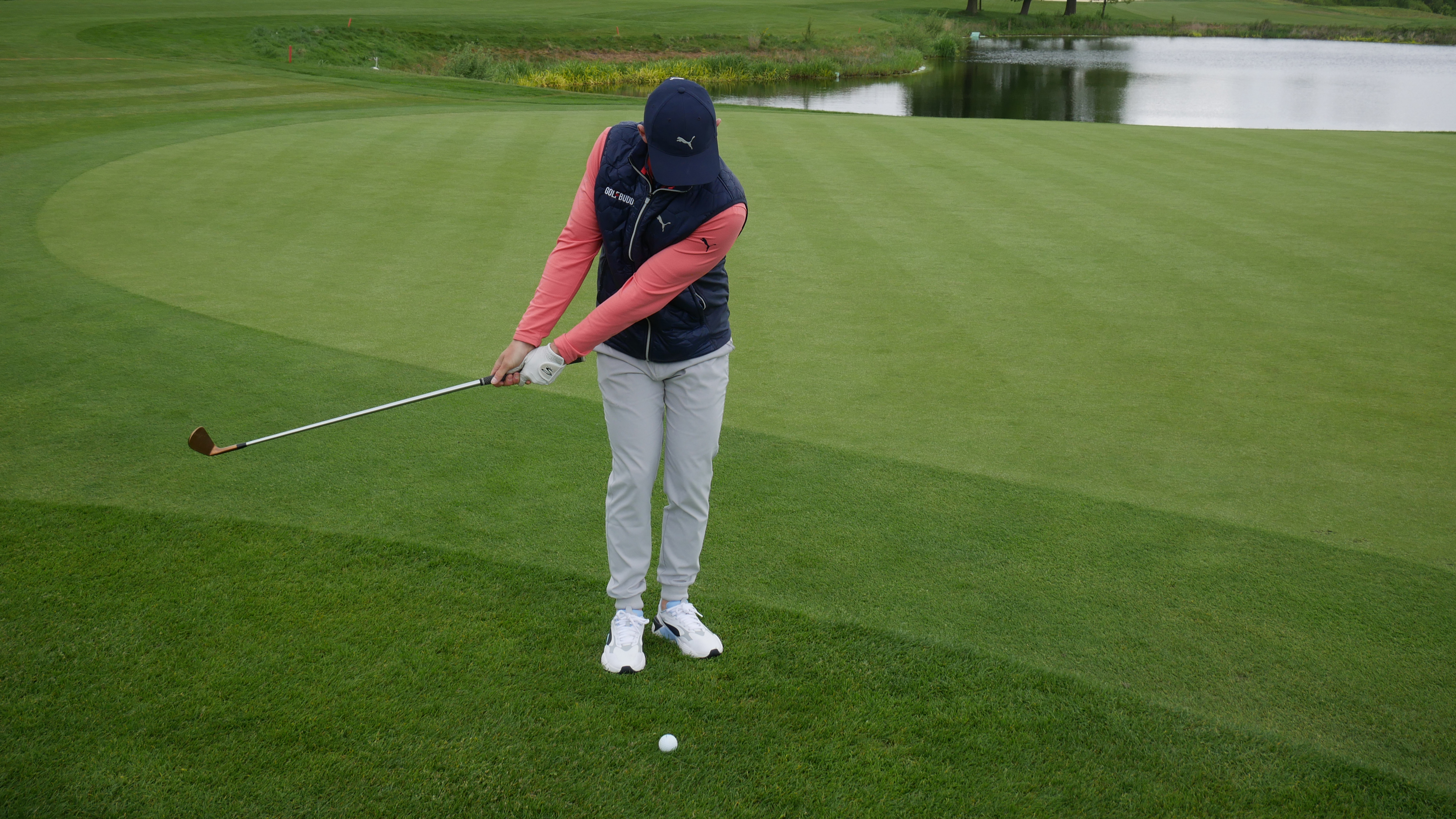
When they get to the range, most amateurs would rather spend time bombing drivers than working on their short game. The data tells us that both areas are important, so perhaps addressing the balance between the two could help to improve your all-round game.
This chipping drill would be a great addition to your new practice schedule, and could help you to get it up and down more often from around the greens.
Place two tees into the practice green, one around halfway between you and the pin, and the other around a quarter of the way. Take two different wedges and practice landing the ball near each tee, watching how far they run out to the hole.
This will help you develop your understanding of landing zones and your ability to hit a specific area on the green to allow you to get up and down. This is a crucial aspect of scrambling, and should have a positive impact on your scoring.
4. Check your lofts & lies
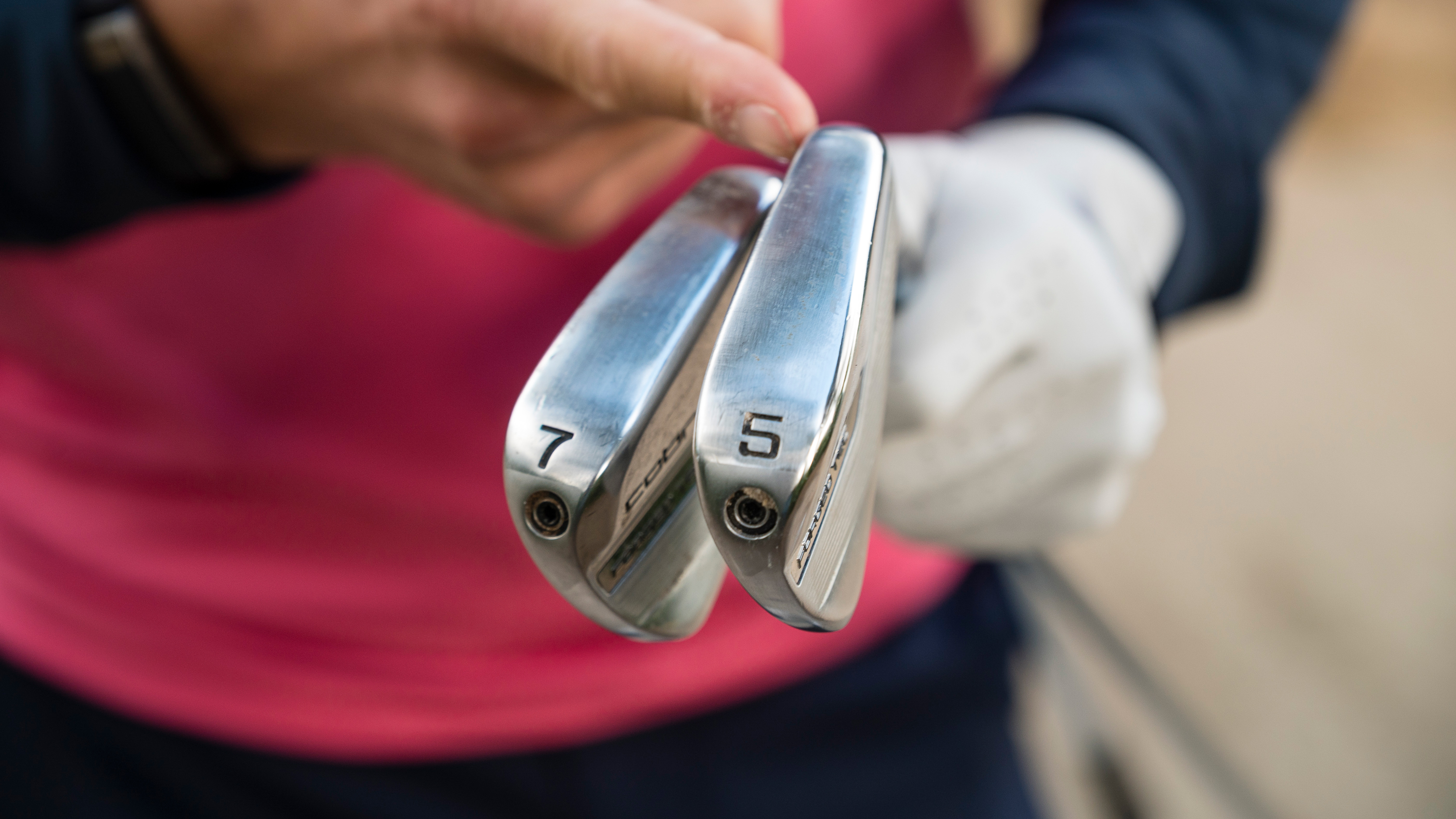
Sometimes the issue is as simple as the equipment you're using. If the lofts and lies of your irons are wrong for your swing, you're fighting a losing battle to play good golf.
If your clubs are too upright, for example, that is going to encourage you to hit the ball left, and if your clubs are too flat, the opposite applies.
So, take note of what your tendencies are and get those lofts and lies checked.
5. Ditch the long irons

It's important to make the game as easy as possible for yourself, so I would recommend thinking about getting rid of your long irons, especially if you're a beginner. Replace your 4- and a 5-iron with a 4- and 5-hybrid as they are so much easier to hit.
For intermediate golfers, it might be wise to consider a combo set, so you've got some forgiveness at the top end of your bag. We've even seen some pros stick more forgiving long irons into their bags recently, so don't be afraid to make this change.
6. Gapping your set
Finally, it helps to have even gaps throughout your set, especially in your irons. At the top end of the bag, I'd recommend swapping out your 3-wood for a 5-wood as it's a lot easier to hit off the deck.
From there, a 3-hybrid is a great bridge between your woods and irons before you think about your wedges. There can be big gaps between your short clubs so my advice would be to find out the loft of your pitching wedge and work up in four-degree increments.

Location: Mottram Hall
Alex spent a great deal of time learning the game from fellow northwest golfer, Andrew Murray, who was a European Tour regular from 1979 to 1995. He spent three years on the European Tour caddying for Andrew’s son, Tom, before taking his PGA qualifications. His passion for the game and personality in front of the camera has helped him to create a thriving social media platform on Instagram and YouTube, where he offers a whole host of tips and advice to help viewers shoot lower scores.
Most significant influences on your teaching:
Mike Bender's book, 'Build The Swing Of A Lifetime', which I read during my PGA qualifications. He uses so many different tools to help students deliver the club better when hitting the golf ball. Andrew Murray, too. He helped form the way I interact with golfers and simplified what can be a complex game for a club golfer.
Advice for practice:
I like to get students to work in sets of five golf balls – three drills shots to two course shots. The drill shots have no consequence, but with the two course shots, I ask the student to create a green or fairway and go through a full routine.
Greatest success story:
One of my students hadn’t played golf for ten years - he'd lost his love for the game. After watching my online Instagram and YouTube content, he came for several golf lessons and has now joined a local golf club. Knowing I've helped get someone back into golf... you can't beat that.